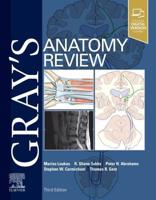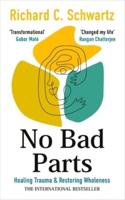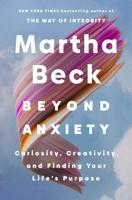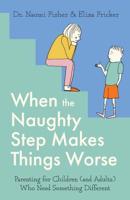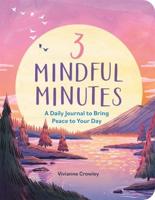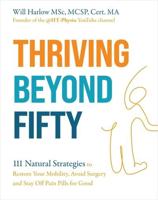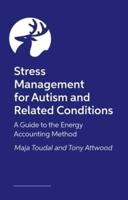Publisher's Synopsis
Experiential anatomy is an embodied learning method that integrates interoceptive awareness and conscious movement to foster whole person healing. As an educational approach, experiential anatomy interweaves focused intellectual learning and gentle somatic inquiry that engages students on multidimensional levels. In Experiential Anatomy as Therapy, Leila draws from over 30 years of experience educating movement professionals to teach embodied movement as therapy. The carefully selected practices presented in this book create therapeutic potential by stimulating awareness and building skills that challenge habitual patterns. In the process of cultivating interoceptive awareness, self-knowledge and self-compassion are reinforced. In this approach, students learn to connect to deeper presence and inner resources that empower them to become active participants in their own healing process. The paradox of experiential anatomy is that working with individual parts can lead to radical shifts in experiencing inherent wholeness. The first chapters explain the principles and framework for teaching experiential anatomy as a tool for transformation. The yogic model of the koshas is introduced as foundational to experiential anatomy as therapy and as an explanation for the energetic, emotional, mental and spiritual effects often generated by physical practices. In subsequent chapters, concise anatomical information is presented, then embodied through somatic explorations that strengthen a felt-sense of anatomical parts and their connection to the whole. This new learning is then integrated into yoga poses and everyday activities like sitting, walking and reaching. The framework of "learn it, feel it, heal it" offers an accessible approach to develop both personal awareness and the knowledge to teach experiential anatomy as therapy. Each chapter offers therapeutic applications to assist movement professionals in integrating experiential anatomy with their existing therapeutic movement resources. Chapters conclude with koshic contemplations to deepen subtle multidimensional aspects of the somatic learning. Although Leila uses yoga therapy as the platform for integration of experiential anatomy, the approach and somatic explorations in this book apply equally to any movement professional interested in embodiment and transformation through movement. Physiotherapists, kinesiologists, bodyworkers, yoga and Pilates teachers, personal trainers and somatic practitioners will all benefit from this book personally and professionally. Videos recorded by the author enhance the experiential practices. Visit www.leilastuart.com


